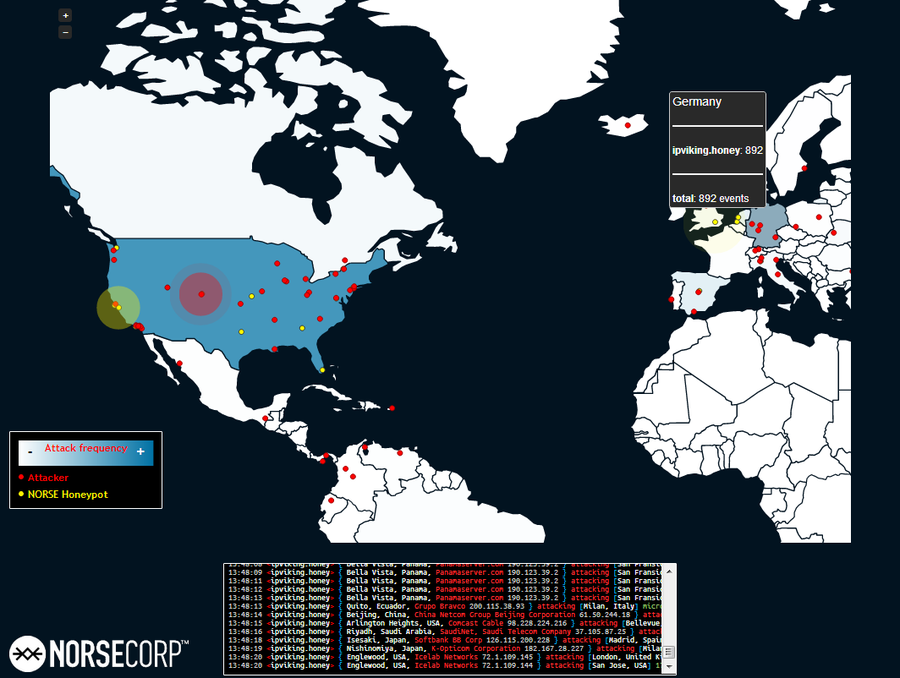The Combat Patch: Binary Indicator or Something More? | Small Wars Journal
Jared Sperli stashed this in war
Stashed in: Military!
The mix of Soldiers in the Army who have combat experience is constantly changing. After large-scale and/or long wars, the percentage of Soldiers with one or more combat patches is fairly high, as it is now. Then, as they leave the service through the end of their service obligation or retirement, the proportion will decrease to where those with a combat patch may once again be a small minority, as was the case in the late 1990s. The current defense strategic guidance makes it appear that once operations in Afghanistan end, we are heading into a period of reduced overseas presence and increased partnering with allies and other nations.[31] The Army will likely have to rely increasingly on live, virtual, constructive gaming (LVCG) in training that is a surrogate for actual operational experience.[32] While useful in preparing Soldiers and units for war, this form of experience provides no visible indicators (i.e. combat patches) of having “seen the elephant” in the form of an actual enemy. It will be interesting to see how perceptions regarding different types of service changes in the coming years.
I have enormous respect for folks who have deployed, be it one time or five. I also have admiration for those who have not deployed, just for volunteering to serve our nation by wearing the uniform of one of our military services. While I have no doubt that there are some who have actively sought to avoid deployment to a combat zone, I am personally aware of Soldiers who have not been to Iraq or Afghanistan for good reasons, e.g. medical conditions that prohibit deployment, low demand for their specialty in theater, etc. At a fundamental level, comments like my Facebook posting about Soldiers without combat patches are corrosive and counterproductive, especially when they come from senior officers. We do not need to belittle the accomplishments of others to celebrate our achievements. To those two NCOs I observed last July, I offer a simple “I’m sorry,” even though it is probable they never knew what I was thinking.
There are many different ways that Soldiers can serve our Army and nation. The fact they have not deployed does not mean that they are not contributing to the mission; we should not devalue their service for this reason alone. This will be increasingly true in the coming years, as the percentage of serving Soldiers who are combat veterans declines. I have attempted to illustrate that the absence of a combat patch is not simply an indicator that a Soldier actively sought to avoid deployment, but instead indirectly reveals a contribution of a different type. The next time you see a Soldier without a combat patch, instead of reacting in a dismissive manner like I did, I encourage you to engage him or her and get to know a little bit about him or her, or simply thank him or her for volunteering to serve.
LVCG sounds like fun.











6:37 PM Dec 09 2013